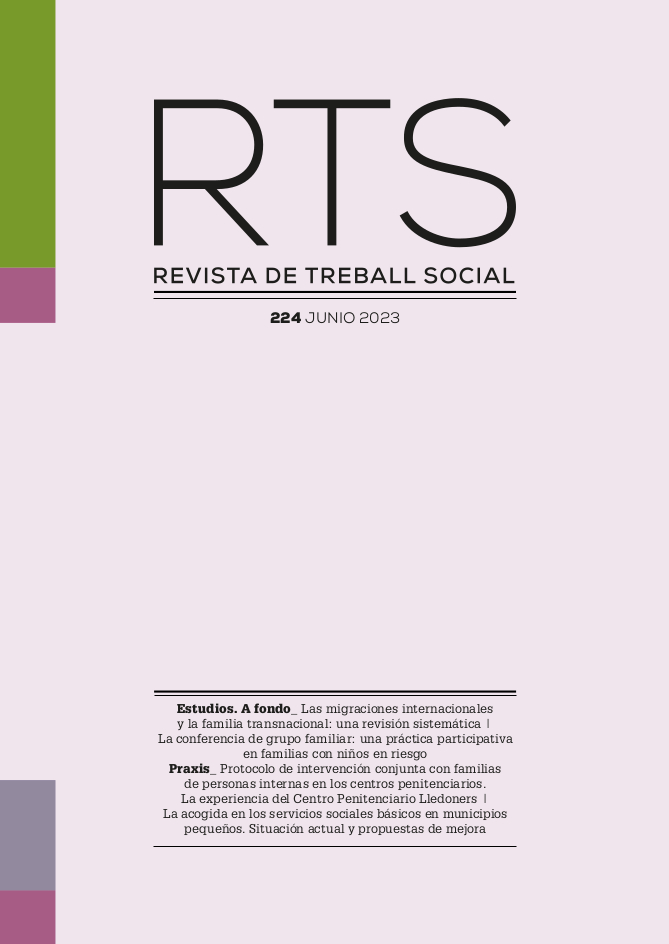Within child protection work involving families with children at risk, the safety of said children has been traditionally prioritised over the stability of family ties, often leading to coercive and adversarial situations involving families which frequently lead to the child being taken away. The unsuccessful outcomes of these typical practices have given rise to a call for cooperation between professionals and families which must unfold in the form of specific interventions in order to go beyond simple rhetoric.
This paper examines one of these practices in detail: family group conferencing (in New Zealand), in which the abilities and wishes of families and their networks of ties were fostered. We also address anticipation dialogues (in Norway), which served as inspiration for family group conferencing to introduce components for triggering the child’s participation in matters that are highly important for their future.
These are practices that require institutional support and reorganisation to be implemented. However, we believe that it is worth becoming acquainted with them owing to their capacity to inspire and encourage change in the balance of power relations between professionals and service users. Despite taking on certain risks, these changes strive to deliver more effective and shared outcomes.





